There’s a reason “every (professional) culinary school in the world starts with knife skills,” as cooking instructor Brian Adornetto once said. Wannabe cooks have to learn how to properly and uniformly cut ingredients, otherwise food will not cook evenly.
If a cook who lacks good knife skills makes vegetable soup, you will taste it in every bite; some vegetables will be overcooked, others tender and some undercooked. It all adds up to a less-than-ideal meal.
To help home cooks improve their skills, here is some advice on the best knives to own, the best way to keep them sharp, some cutting basics and more.
How to pick a knife
First, High Quality Stainless Steel Knives are still the best if you can afford them, Otherwise Ceramic knives are super sharp and pretty, and will do the most jobs admirably well. Second, choose a knife that feels comfortable in your hand; otherwise, it will go unused and be a waste of money. Finally, a good knife should be balanced making it easier to use.
How to decide which knives to own
At a minimum, we recommend, home cooks need a chef’s knife and a utility knife. The former is the kitchen workhorse for chefs and home cooks alike. The second is more useful and, therefore, a better investment than say a bread knife.
Beyond those basics, we recommend a boning knife, kitchen shears, a good peeler and lastly, a paring knife. Most professionals say to buy a paring knife after a chef’s knife, but we find we rarely use our paring knife and can accomplish most similar tasks with a good peeler.
How to care for a knife
Every month or so, sharpen them. We recommend buying a synthetic sharpening stone, because it requires less preparation and maintenance.
Here’s how to use it: Wet the stone with water. Hold the knife blade at between a 19-degree and 22-degree angle to the stone. (Tip: Everyone knows what a 45-degree angle is; cut that in half.) Run the entire blade in one direction along the stone about a dozen times, and then flip the blade over and repeat on the other side.
There’s a misconception that a separate tool, the sharpening steel, sharpens a knife; the name encourages this confusion. Using a steel does not sharpen a knife; it hones the blade, removing small imperfections. Every couple of times you use the knife, run the blade along a steel to keep it in good condition.
Wash knives by hand with hot, soapy water. Do not put them in the dishwasher. In a dishwasher, the water can get so hot that it can warp the steel and loosen the rivets attaching the blade to the handle.
How to chop vegetables
First, make sure your hands are dry to prevent the knife from slipping as you chop. Second, the hand holding the food should adopt a “bear claw” stance: hold the food with fingertips curled under, away from the knife blade.
Use a “rock-and-chop” motion. The center of the blade is where the action occurs, so put the tip of the blade in front of the food so the blade center comes down where you want to cut. Then, as your wrist comes down, push the knife down and away from you to make a clean cut. Pull the knife back up, leaving the tip on the cutting board, and repeat the motion.
Different-shaped foods require different techniques.
For “flat” foods, like celery, trim off the top and bottom and then cut the stalk into manageable chunks, say 3 to 4 inches long. Cut lengthwise for snacks, and serving with Buffalo wings. Dice celery sticks for soups, stews and sautés.
For round foods, like carrots or zucchini, trim ends and then cut into 3- to 4-inch pieces. Then create a flat side. Slice carrot lengthwise into 2 to 3 planks. Then cut planks into sticks. If needed, dice sticks for soups and stews.
For layered foods, like onions and cabbage, cut off the top opposite the root end. Place knife in center of the root end and cut in half. Peel outer layer. For onion slices, place the onion on the cutting board flat side down. Start at the edge opposite the root end and cut vertically, forming half-moon slices, and repeat, heading toward the root end.
To dice an onion, place it on the cutting board flat side down, and stabilize the onion with the palm of your hand. Hold the knife parallel to the cutting board and slice into the onion without cutting all the way through the root. Do this twice more. Then hold the onion half, use the rock-and chop motion to dice the onion, moving from the outer edge toward the root end.
One final tip: Do not use the sharp edge of the knife blade to scrape food out of your way. Use the other side of the blade so you will keep the blade sharp.


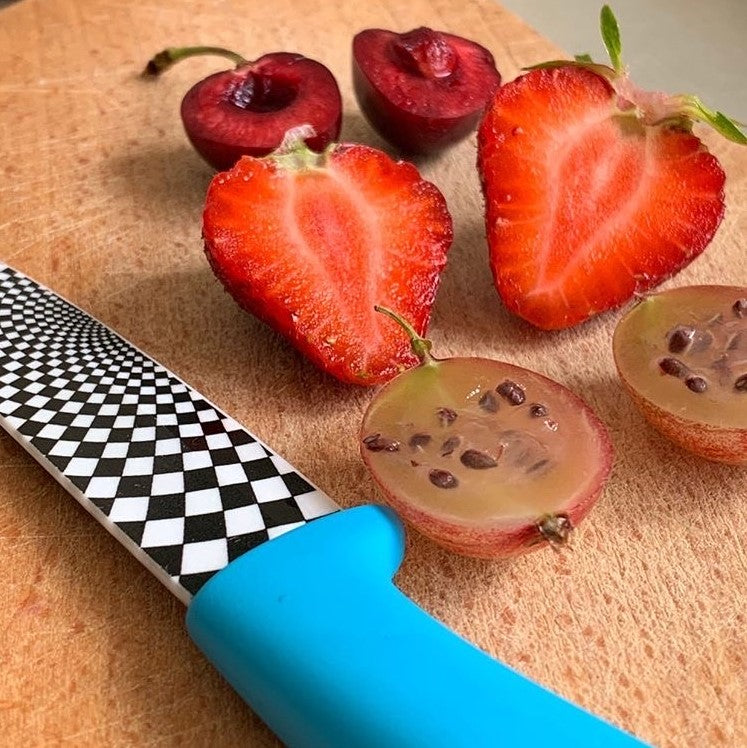
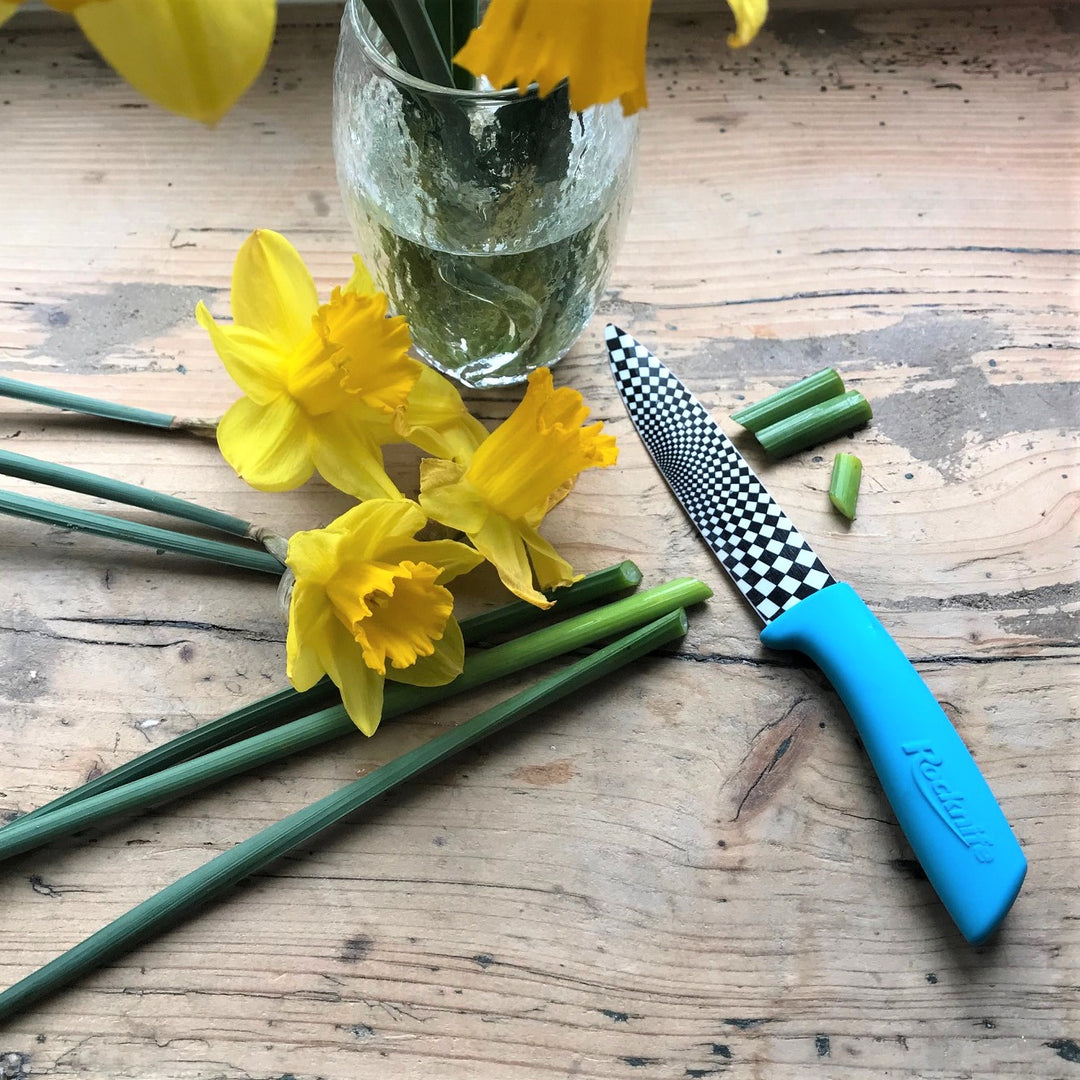
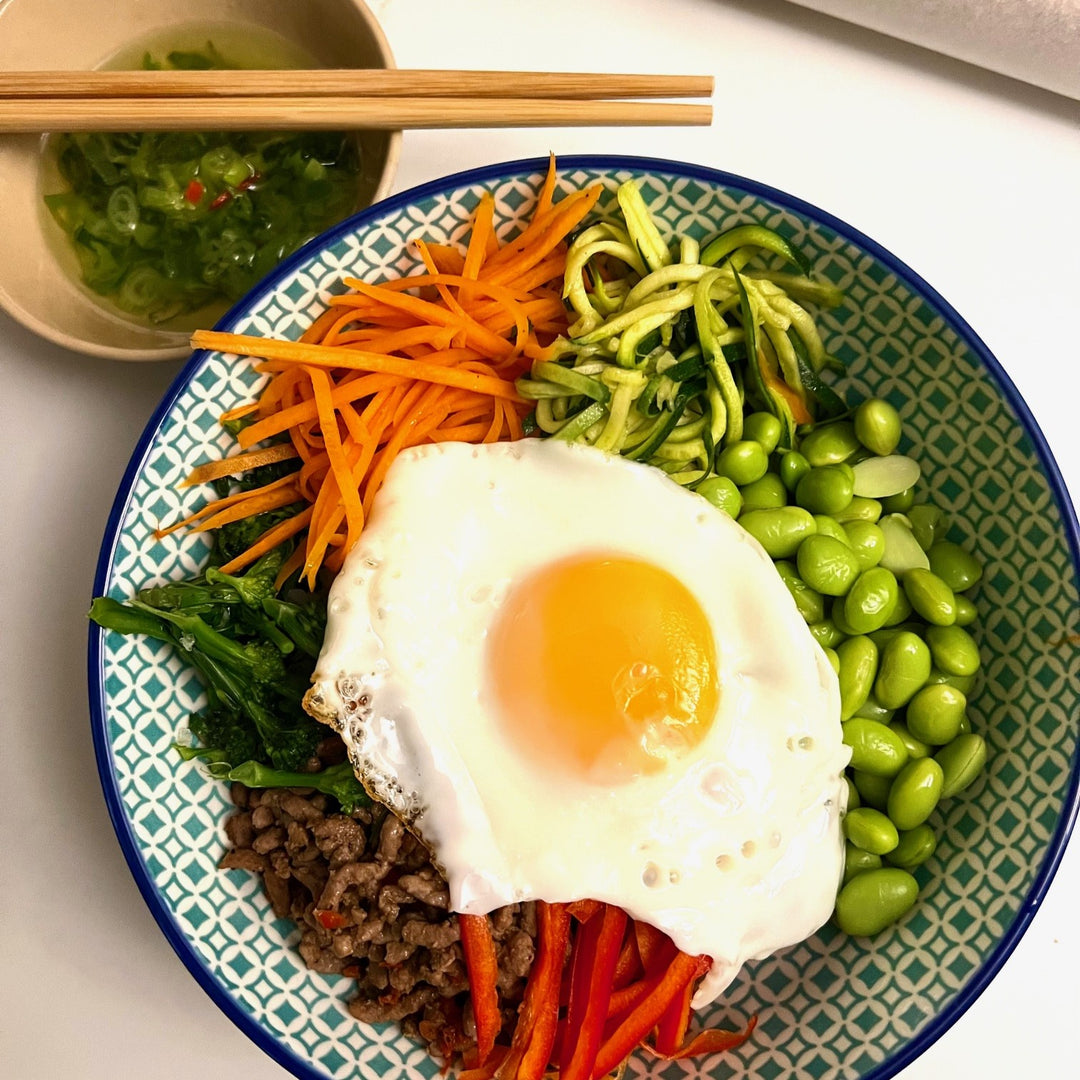
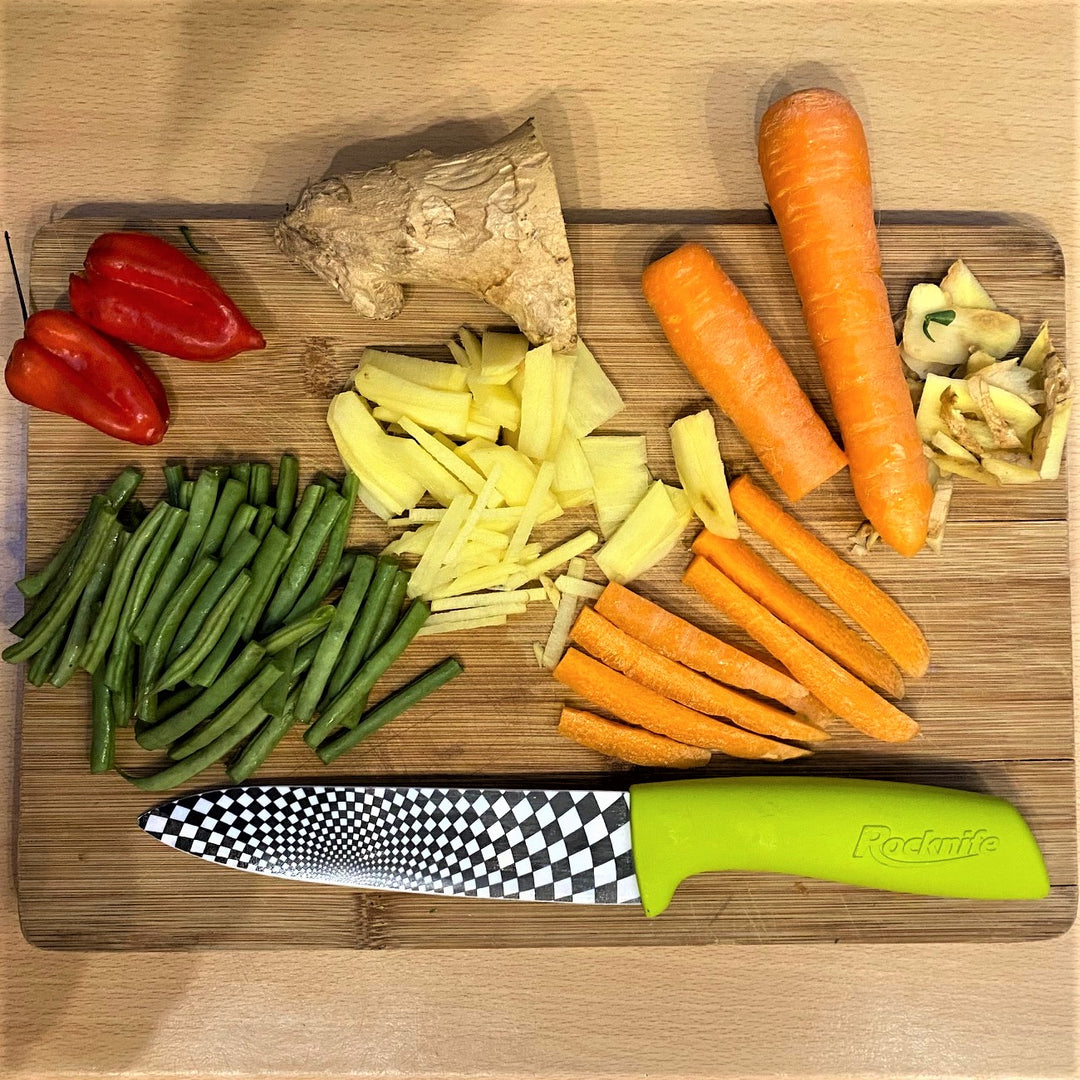
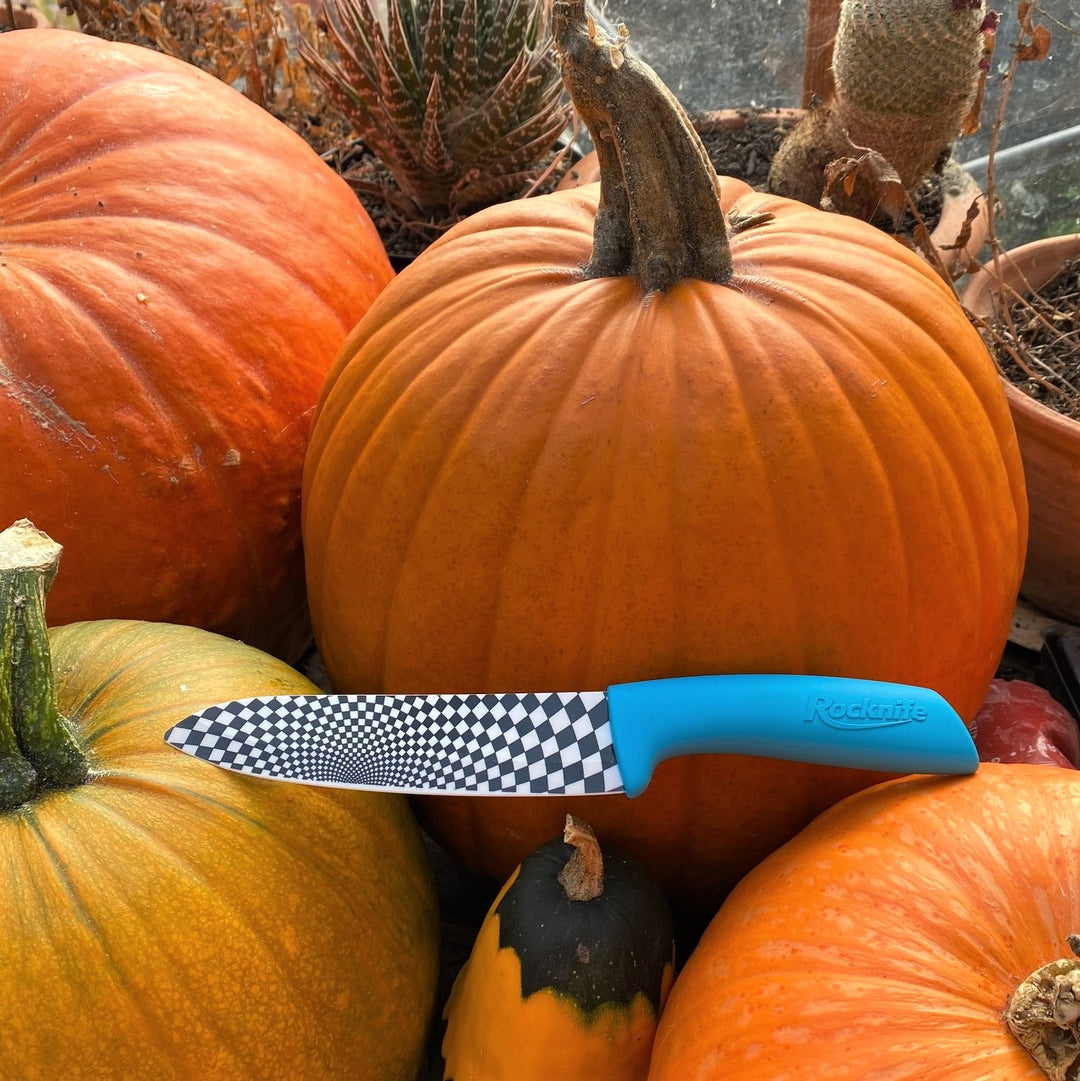
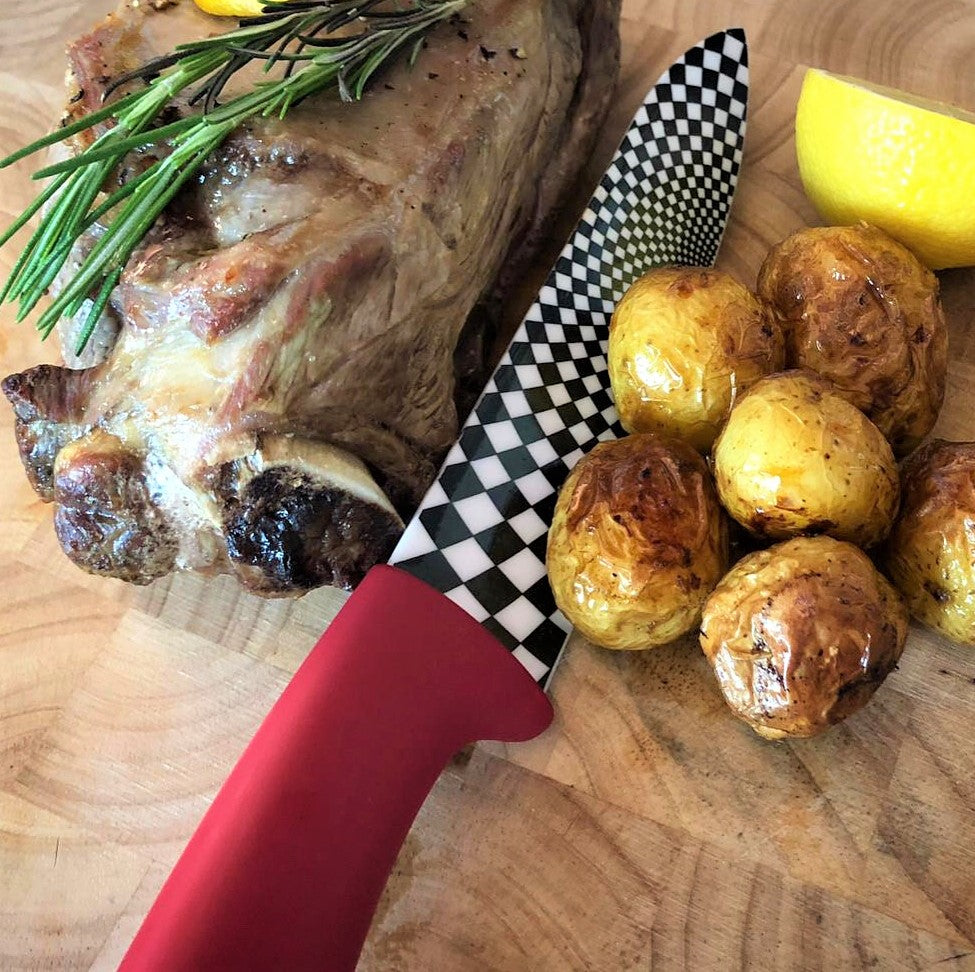
Leave a comment